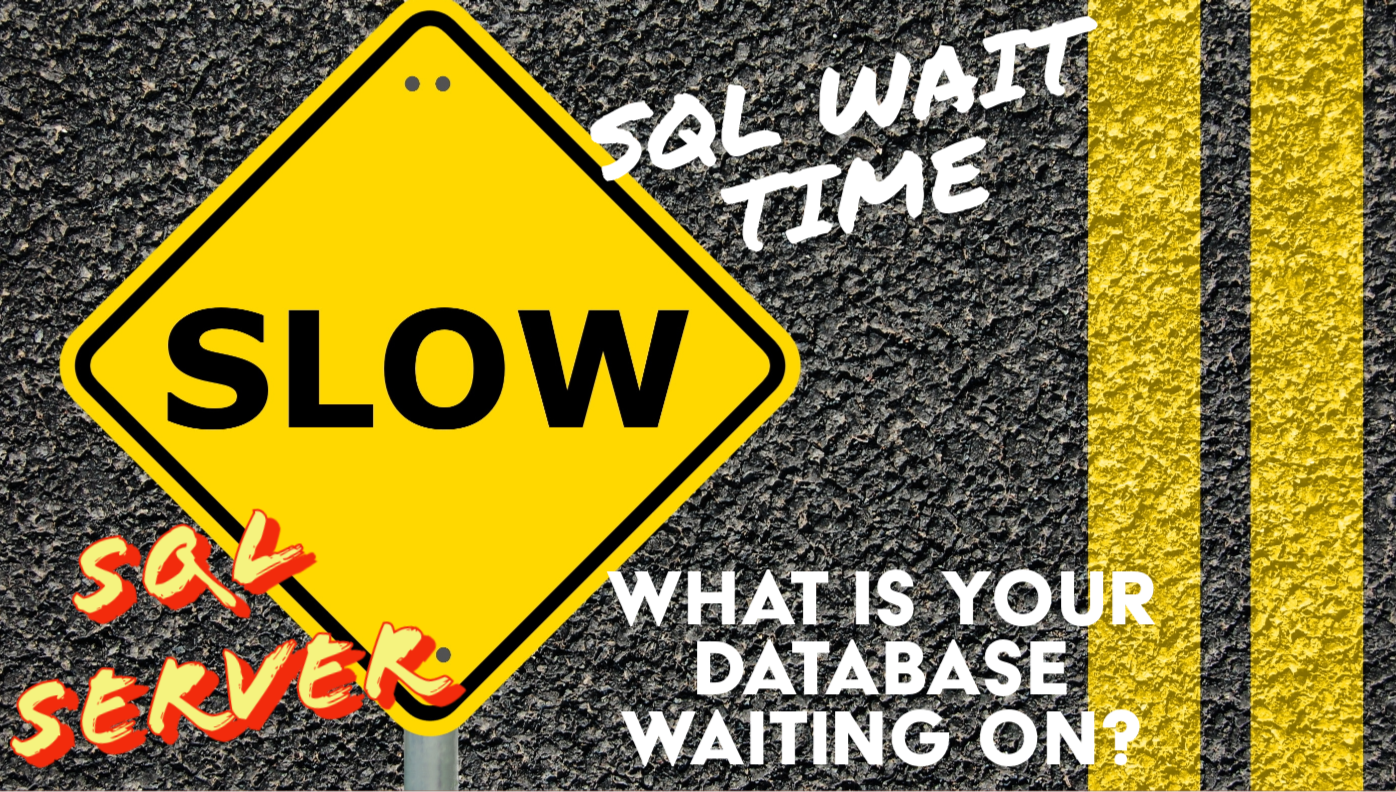Wait statistics, in the context of SQL Server, refer to the amount of time that a query spends waiting to access data in the database. When a client application requests data from the database, the request is placed in a queue and the client application must wait for its turn to access the data. The time that the query spends waiting is called a “wait” and is tracked by SQL Server. This information can be used to identify potential performance bottlenecks and optimize the performance of the database. Wait statistics are commonly used by database administrators to diagnose and troubleshoot performance issues in SQL Server.
If you are having performance issues associated with this wait type and need some help, please contact us with our 30 minute consultation link.
SQL Server is a popular database management system used by organizations to store and manage their data. In order to efficiently manage and retrieve data from a SQL Server database, the system uses a process called “waiting.” When a client application requests data from the database, the request is placed in a queue and the client application must wait for its turn to access the data.
One common wait type in SQL Server is the CXCONSUMER wait type. This wait type occurs when a query is waiting to acquire a shared lock on a table in order to read data from it. A shared lock allows multiple transactions to read data from a table at the same time, but prevents any transactions from modifying the data until the shared lock is released.
When a query encounters a CXCONSUMER wait, it means that there is already a shared lock on the table that the query is trying to access, and the query must wait for the lock to be released before it can continue. This wait type can occur when multiple transactions are trying to access the same table simultaneously, or when a long-running transaction holds a shared lock on the table for an extended period of time.
To minimize the occurrence of CXCONSUMER waits, it is important to ensure that transactions are designed to acquire and release locks as quickly as possible. This can be achieved by using appropriate isolation levels, avoiding long-running transactions, and properly indexing tables to make data retrieval more efficient.
In summary, the CXCONSUMER wait type in SQL Server occurs when a query is waiting to acquire a shared lock on a table in order to read data from it. This wait type can be minimized by using appropriate isolation levels, avoiding long-running transactions, and properly indexing tables.
More details avilable on this wait type here: http://DatabaseHealth.com/Waits/CXCONSUMER.html

Do you have a favorite tool for monitoring your wait statistics on SQL Server over time? This is something that you can use Database Health monitor to do. More details at http://DatabaseHealth.com.
If you are having performance issues associated with this wait type and need some help, please contact us with our 30 minute consultation link.
More from Stedman Solutions:

Steve and the team at Stedman Solutions are here for all your SQL Server needs.
Contact us today for your free 30 minute consultation..
We are ready to help!
